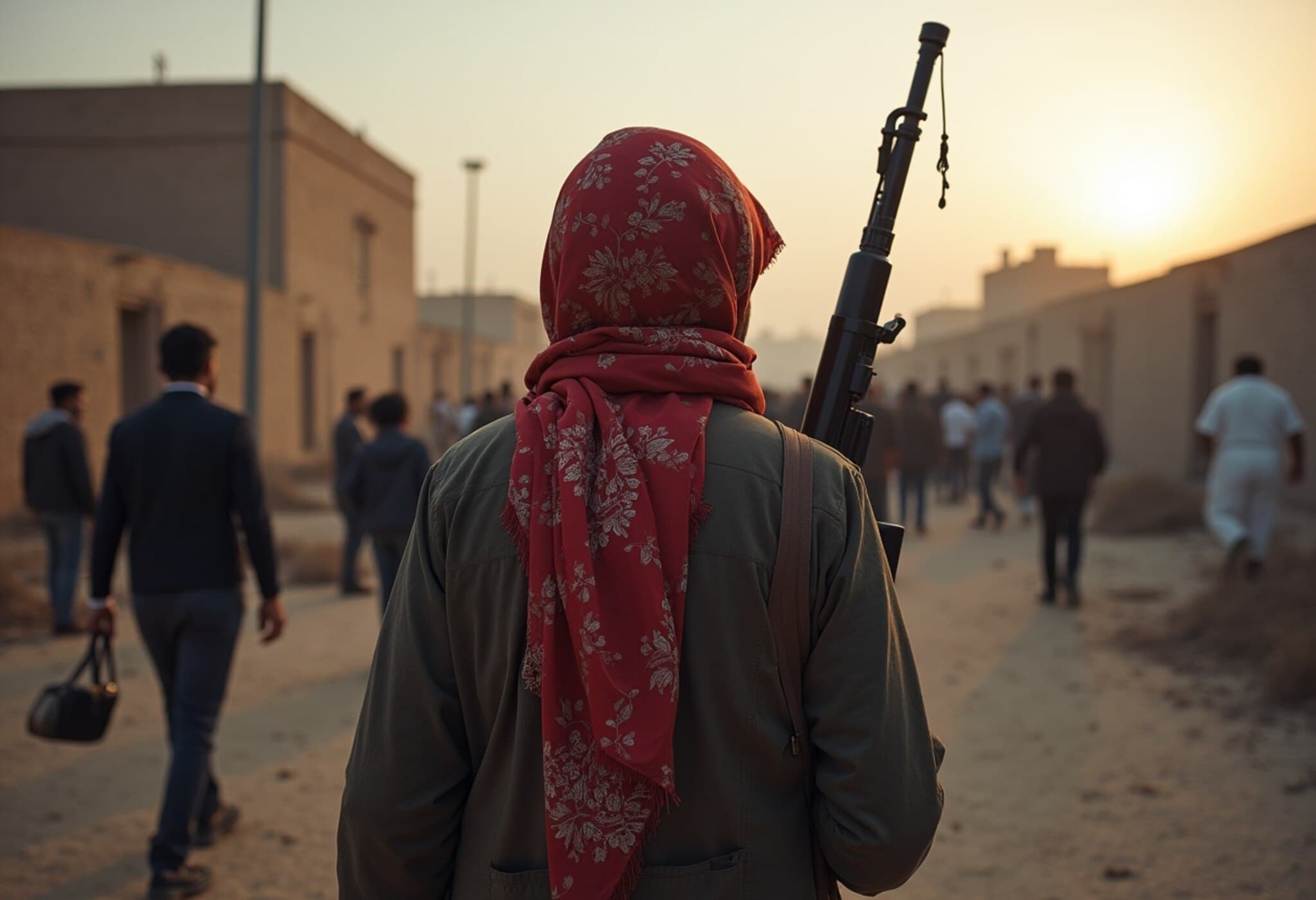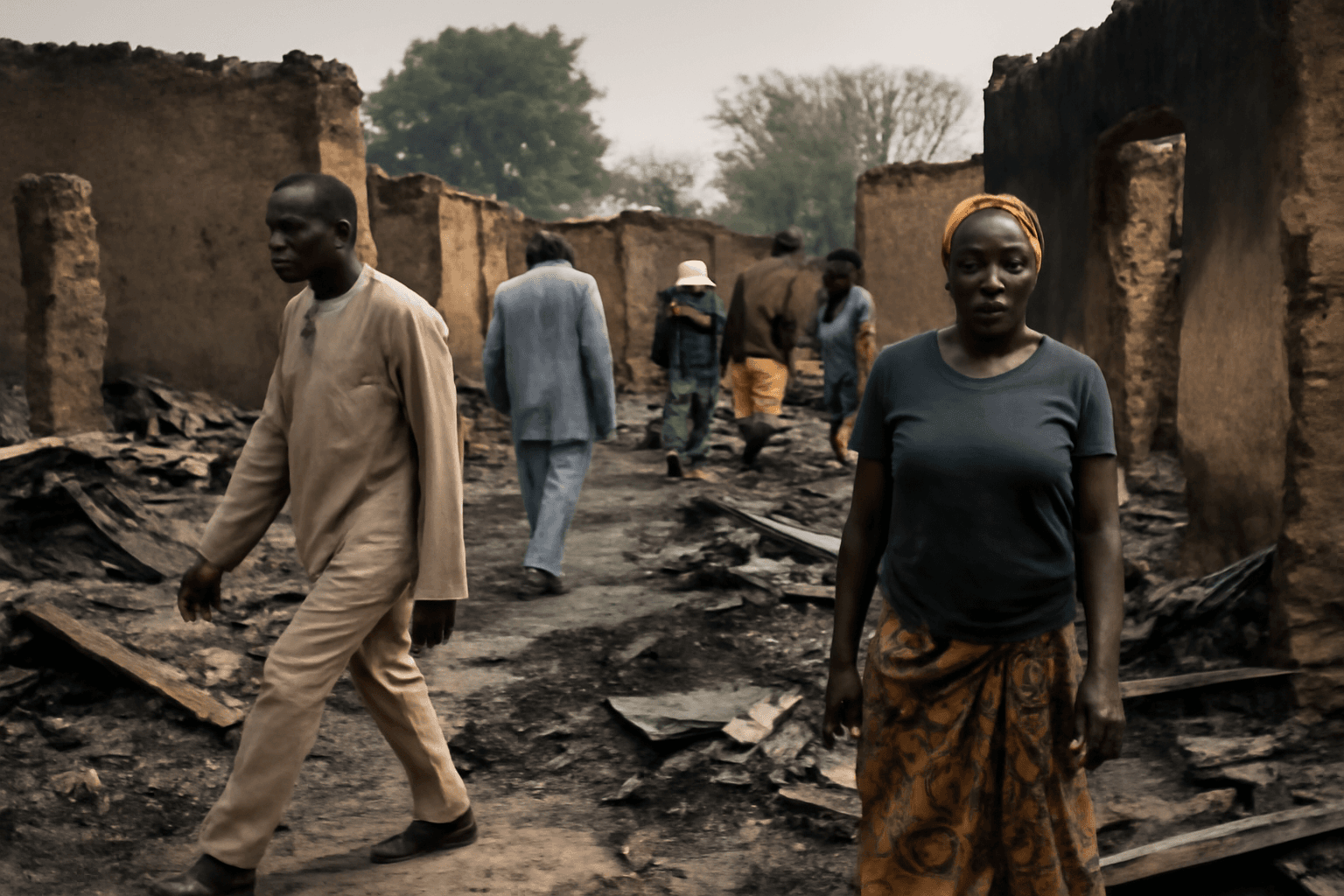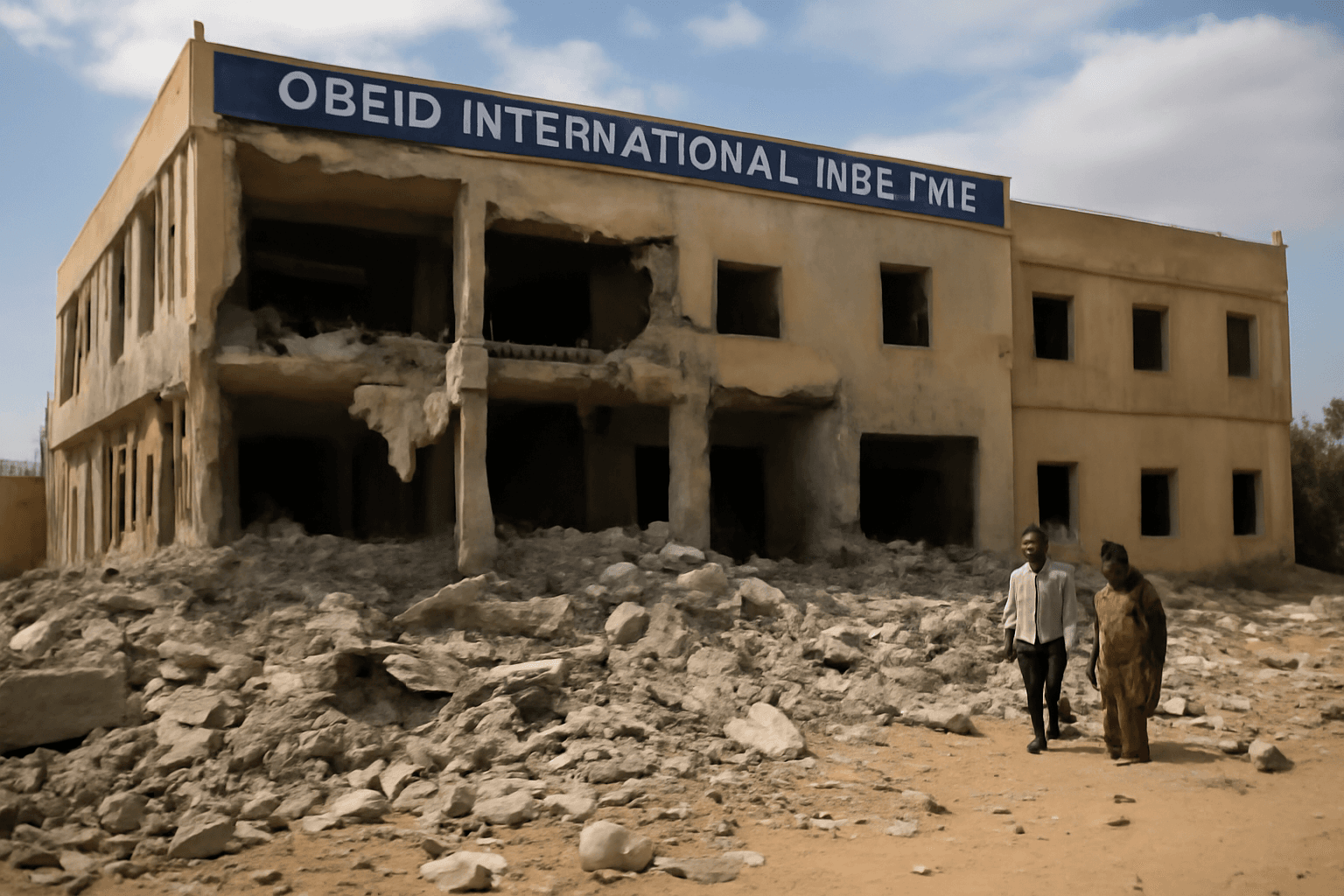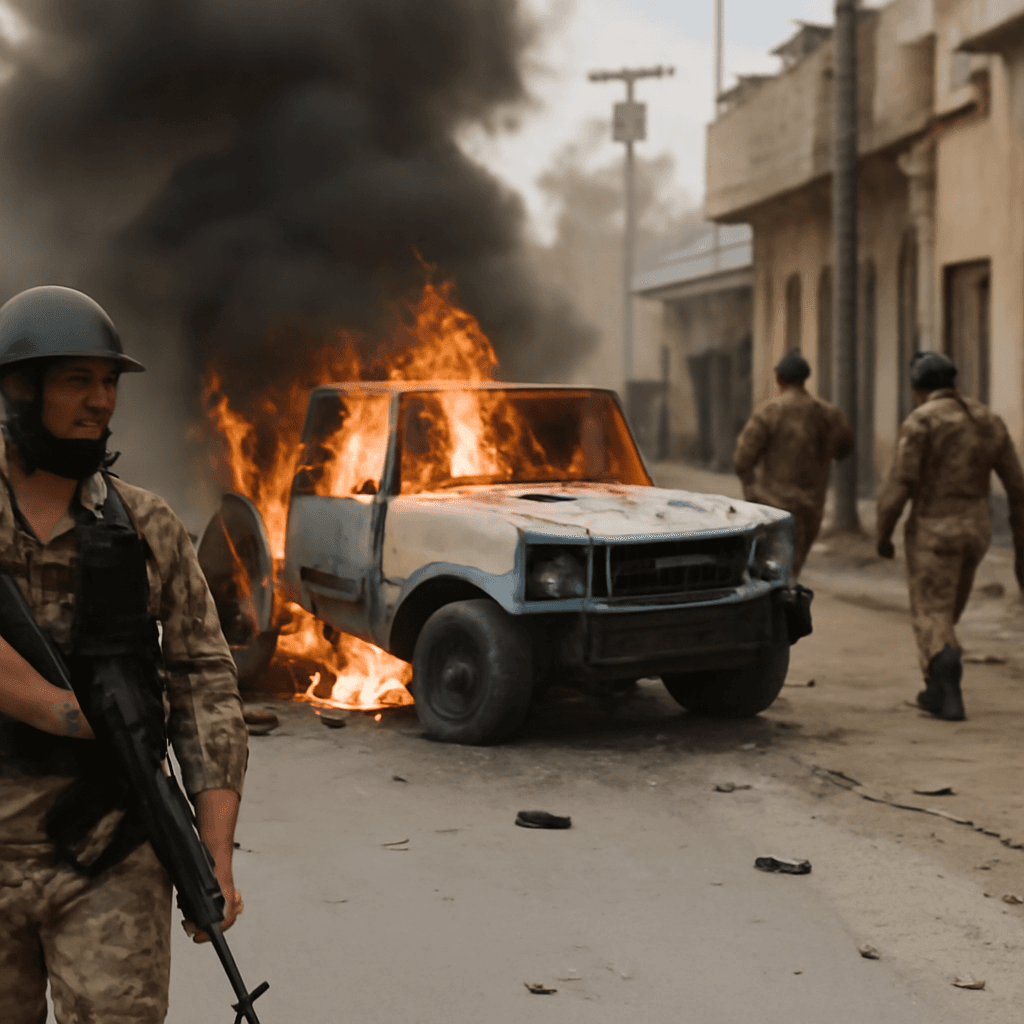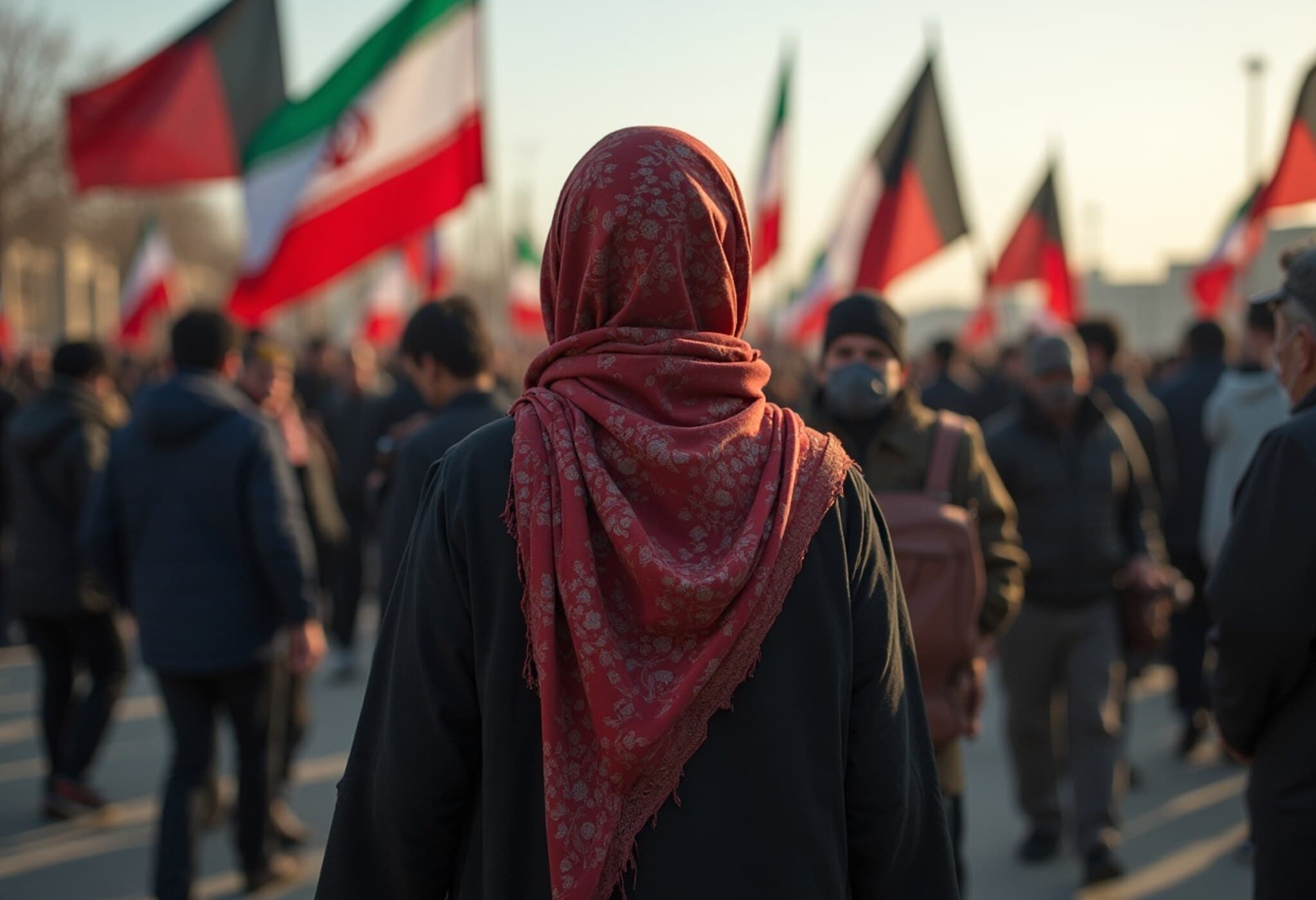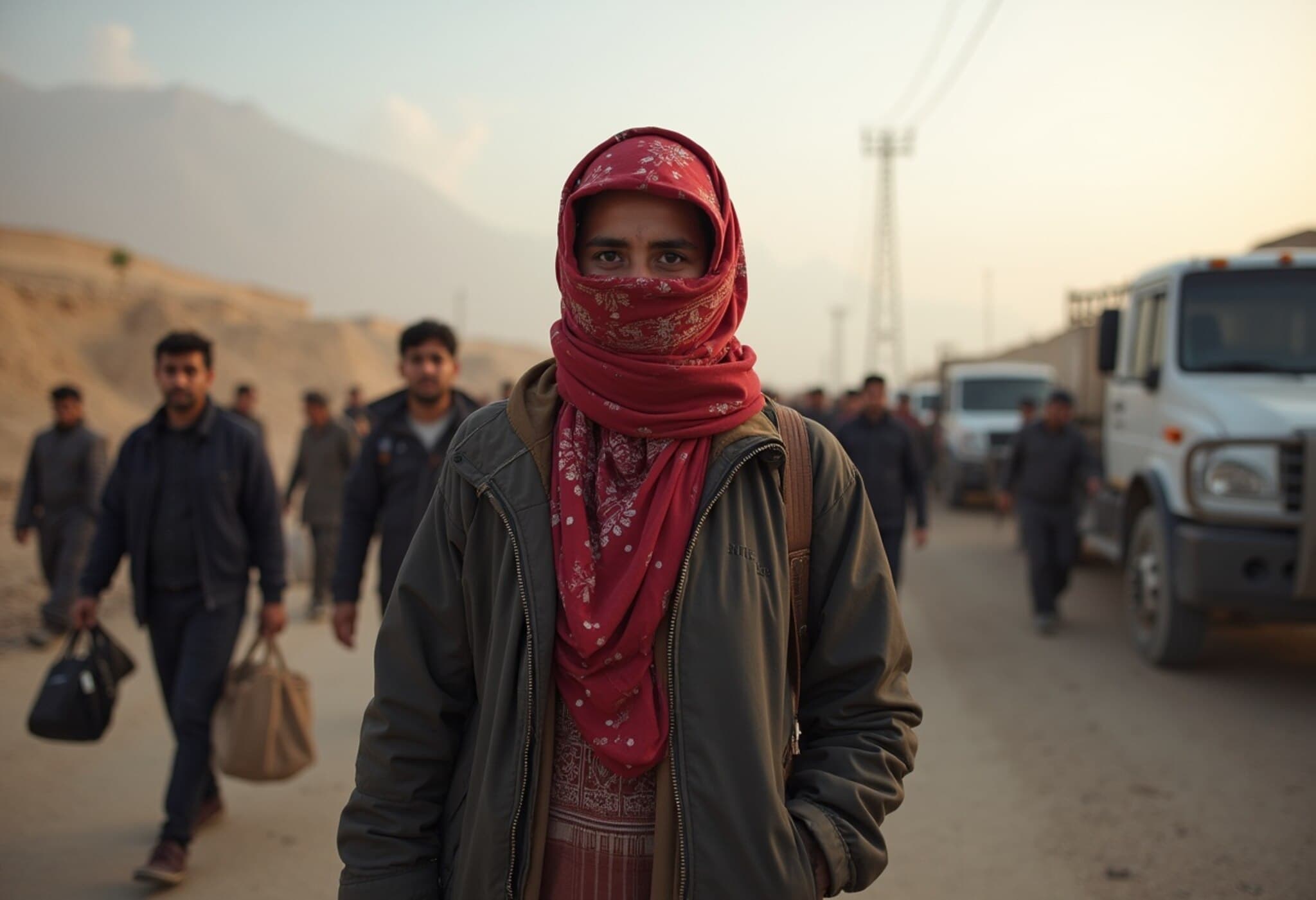UAE’s Repatriation of Afghan Refugees Amid US Promises Spurs a Diplomatic Dilemma
Just days before former President Donald Trump publicly vowed to assist Afghan evacuees stranded in the United Arab Emirates, revealing a renewed commitment on his Truth Social platform, internal communication shows that the UAE had already begun repatriating some of these individuals back to Taliban-controlled Afghanistan. This revelation, based on a leaked U.S. State Department cable obtained by Reuters, highlights the complex human and diplomatic challenges in safeguarding Afghan refugees following the U.S. withdrawal from the region.
Background: UAE’s Role as a Humanitarian Transit Hub
The United Arab Emirates, a trusted security ally of the United States, had agreed in 2021 to provide temporary shelter to thousands of Afghans evacuated from Kabul during the chaotic final phase of America's military exit. At the emirate’s Emirates Humanitarian City facility in Abu Dhabi, approximately 17,000 Afghan evacuees passed through, awaiting permanent resettlement elsewhere.
However, as of mid-2025, over 30 Afghans remained trapped in administrative limbo, uncertain about their futures amidst shifting policies and geopolitical tensions.
The Leak: UAE Begins Deporting Afghans Despite US Awareness
According to the internal cable dated July 10, 2025, Salem al-Zaabi, the UAE Special Advisor to the Foreign Minister, informed U.S. officials during a meeting in Abu Dhabi that two Afghan families had already been repatriated to Afghanistan earlier that month. He described these returns as “successful and safe,” adding that the UAE intended to conclude the repatriation of the remaining evacuees by July 20.
Crucially, the UAE reportedly sought assurances from the Taliban regarding the safety of the returnees, reflecting underlying concerns about the Taliban’s treatment of returnees and general human rights conditions under their governance.
Conflicting Narratives and the Question of Consent
While UAE officials claim that repatriations occurred voluntarily—with families expressing exhaustion after prolonged uncertainty—sources close to the evacuees suggest a more coercive scenario. These accounts allege that Afghan evacuees were presented with an ultimatum: sign 'voluntary' deportation papers or face forced deportation, raising alarming questions about the voluntariness of these returns and potential breaches of international refugee protections.
Broader Context: Afghan Evacuees in Qatar and the US Political Landscape
Similar predicaments exist for roughly 1,500 Afghan evacuees held at Camp As Sayliyah in Qatar, raising urgency for international coordination to prevent forced returns to danger.
Meanwhile, the U.S. administration’s response remains mired in political debate. Since the 2021 withdrawal, nearly 200,000 Afghans have resettled in the United States, many of whom served as allies during the two decades of conflict. Despite this, refugee resettlement policies have seen reversals under the Trump administration, which initially curtailed immigration and lifted temporary protections for many Afghan nationals. This policy approach has sparked strong criticism, especially from human rights advocates emphasizing the grave risks Afghan women and children face under Taliban rule.
Human Impact: The Stakes for Afghan Refugees
Afghan refugees, including family members of U.S. military personnel, children reunited with parents, and those who supported U.S. efforts in Afghanistan, face a precarious future. Since regaining control, the Taliban have rolled back freedoms, especially restricting Afghan women’s education and employment, exacerbating fears if refugees are forced to return.
Advocacy groups such as #AfghanEvac emphasize urgent action is required to safeguard these vulnerable populations from being returned into the Taliban’s hands.
Expert Analysis: The Legal and Moral Imperatives
According to international refugee law principles, particularly the 1951 Refugee Convention, deporting individuals to a country where they face serious threats could violate non-refoulement obligations. The UAE’s decision to repatriate evacuees without clear, voluntary consent raises potential legal challenges.
From a policy perspective, this situation reflects broader dilemmas faced by nations: balancing diplomatic ties with the Taliban regime against humanitarian commitments to refugee protection. U.S. policymakers and their allies in the Gulf must engage transparently and proactively to ensure neither geopolitical expediency nor bureaucratic inertia sacrifices vulnerable refugees’ rights and safety.
What Lies Ahead: Key Questions for the International Community
- How will the U.S. government reconcile its public pledges with on-the-ground realities experienced by Afghan evacuees?
- Can the UAE and Qatar manage their humanitarian responsibilities without risking complicity in forced returns?
- What mechanisms can be strengthened to ensure Afghan refugees are not caught between geopolitical interests and human rights violations?
- How can advocacy groups sustain pressure on governments to prioritize legal and ethical refugee protections amid shifting global priorities?
Editor’s Note
The unfolding story of Afghan evacuees stranded in the Gulf epitomizes the painfully complex aftermath of America’s withdrawal from Afghanistan. Beyond the headline politics lies a deeper humanitarian script: individuals whose futures hinge on international willpower, legal safeguards, and timely intervention.
As the UAE proceeds with repatriations, questions about voluntariness and safety demand our collective scrutiny. Meanwhile, the U.S. must navigate past campaign rhetoric toward coherent policy solutions that honor its historic and moral responsibilities.
For readers and policymakers alike, this situation is a potent reminder: behind every statistic and diplomatic cable are human lives awaiting hope, dignity, and a chance at safety.

